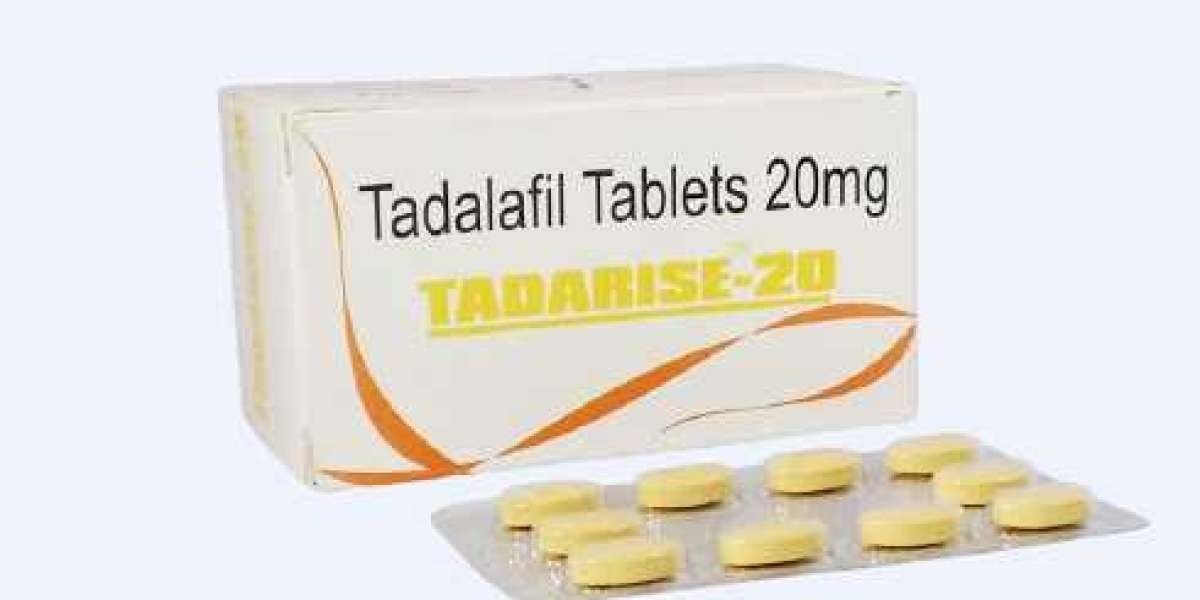Introduction:
In the year 1985, the world witnessed the power of music and compassion come together in an unprecedented event known as the Live Aid Concert. Held on the 13th of July, this historic event aimed to raise funds and awareness for the famine-stricken areas of Ethiopia, showcasing the extraordinary ability of renowned musicians to mobilize support and engage global audiences in aid efforts. The Live Aid Concert became a symbol of global solidarity, resonating with millions of viewers worldwide, and leaving an indelible mark on the history of philanthropy and musical activism.
Description:
The Live Aid Concert was an extravaganza of epic proportions, simultaneously held at Wembley Stadium in London, England, and John F. Kennedy Stadium in Philadelphia, USA. Coordinated by musician Bob Geldof and his philanthropic partner, Midge Ure, the event boasted an incredible lineup of some of the most influential artists of the time. From Queen and U2 to David Bowie and Madonna, countless musicians of international fame graced the stage, captivating audiences while delivering their electric performances.
Broadcasted live to more than 1.9 billion television viewers across 150 nations, the concert aimed to not only raise funds but also create awareness of the famine's devastating effects on millions of people in Ethiopia. The organizers set an ambitious target of raising $1 million for humanitarian aid, but the event eventually exceeded all expectations, amassing an astonishing $125 million in donations.
The concert transcended mere entertainment, becoming a powerful vehicle to challenge governments and individuals alike to confront the dire situation in Ethiopia. Alongside the captivating performances were harrowing documentary videos showcasing the plight of the famine-stricken children and families. These images seared into the hearts and minds of viewers around the world, evoking a sense of urgency and inspiring empathy on an unprecedented scale.
Throughout the day, stirring performances immortalized the Live Aid Concert in the annals of music history. Among the unforgettable moments was Queen's iconic performance, where Freddie Mercury captivated the Wembley crowd with his electrifying stage presence. Another remarkable highlight came during U2's performance in Philadelphia, as lead singer Bono leaped off the stage to dance with a fan, symbolizing the unbreakable bond between artist and audience.
Beyond the phenomenal music and heart-wrenching documentaries, the Live Aid Concert served as a turning point in the realm of philanthropy. It demonstrated how music could unite people around a cause and inspired other artists to step up their own activism efforts. Moreover, the overwhelming success of the event prompted governments and institutions to recognize the importance of large-scale aid initiatives, leading to the establishment of organizations such as Band Aid Trust and the Live Aid Foundation.
In conclusion, the Live Aid Concert of 1985 stands as a monumental event that brought music, compassion, and global solidarity together like never before. It showcased the immense power of artists to effect change through their talents and inspired millions to rally behind those in need. The concert served as a testament to the impact that collective action can have on addressing the world's most pressing challenges, leaving a lasting legacy that continues to resonate with humanitarian efforts to this day.








